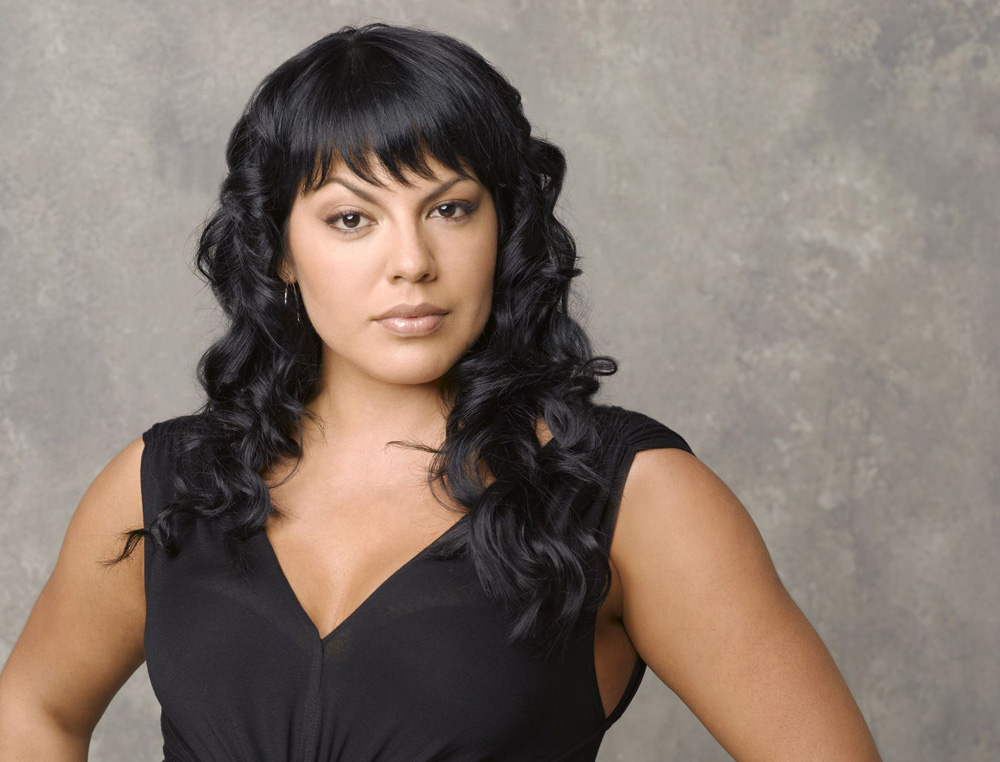Karah Kushnir | Contributor
Featured image: Sara Ramirez plays Callie, a bisexual character on Grey’s Anatomy. | Courtesy of ABC
As a member of the LGBTQ+ community, it is always greatly appreciated to have representation. Seeing a depiction of your identity in larger society gives one the opportunity to feel like you fit in, even if they have spent their entire life feeling otherwise. I feel a sense of pride and comfort whenever I see the LGBTQ+ community being represented in media—whatever shape that may be. It appears that representation is growing in more complex and diverse ways.
Hit shows such as Transparent and Grey’s Anatomy are exploring sexuality in mature and serious ways, avoiding stereotypical, offensive representations. Perhaps for good reason, there is a large amount of criticism of having heterosexual actors and artists acting and singing about issues that aren’t quite theirs. Having the lived experiences of LGBTQ+ members depicted is an important and crucial element of visibility. Any representation is a step forward, and it opens the door for further discussion about how we can be represented better and more diversely.
Looking at recent high-profile celebrities that have come out, I finally feel like we as a society are beginning to see LGBTQ+ people as actual human beings among us, rather than just a small minority of the population. Celebrities who have come out, such as Wentworth Miller, Ellen Page and Matt Bomer, are brave enough to share their identity with the public, even when sexual orientation and gender expression are heavily scrutinized.
Are they heroes? I would not choose that particular word: rather, they are people, just like any one of us, who deal and cope with a wide range of issues and decisions about their identities. Their sexuality is a part of who they are, but it is not everything.
The world of sports is often difficult to navigate, even without throwing one’s sexuality into the mix. Hyper-competitive behaviour might create stress for athletes, but for those who identify as LGBTQ+, the stress may be amplified. However, recent athlete outings such as football player Michael Sam, snowboarder Gus Kenworthy and NBA player Jason Collins have broken barriers in a male sports world dominated by heteronormativity. Major league sports are taking steps to ensure inclusivity: the NBA took the 2017 All-Star Game away from Charlotte, citing North Carolina’s anti-LGBT laws.
There have been strides made, but there is still plenty of work to be done. Out of the five major North American sports leagues, only one out athlete is currently active—Robbie Rogers of the LA Galaxy. In regards to television, LGBTQ+ representation mostly ends with gay and lesbian characters, but little attention is paid to bisexual or transsexual characters, and nearly no representation of asexual, pansexual and other minority groups is displayed. Nevertheless, I feel as if the representation is getting better and is helping. It shows the LGBTQ+ community that they are not alone, and even though they may not be able to speak out right now, someone else can.



oder das bekannte von ihr wie€srholen:âÂdœâ€œYee, understanding Hamas, Hezbollah as social movements that are progressive, that are on the Left, that are part of a global Left, is extremely important.“